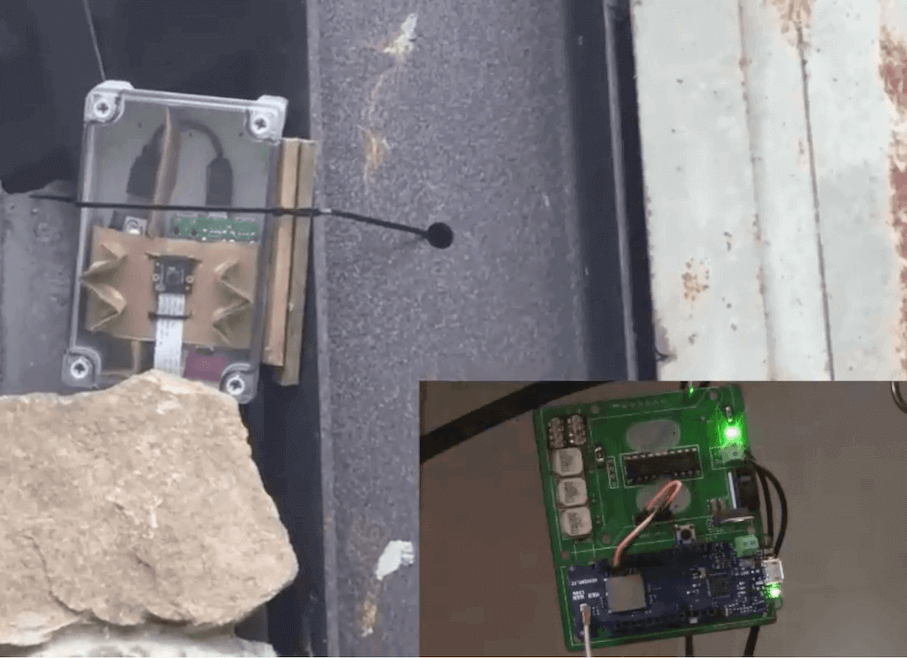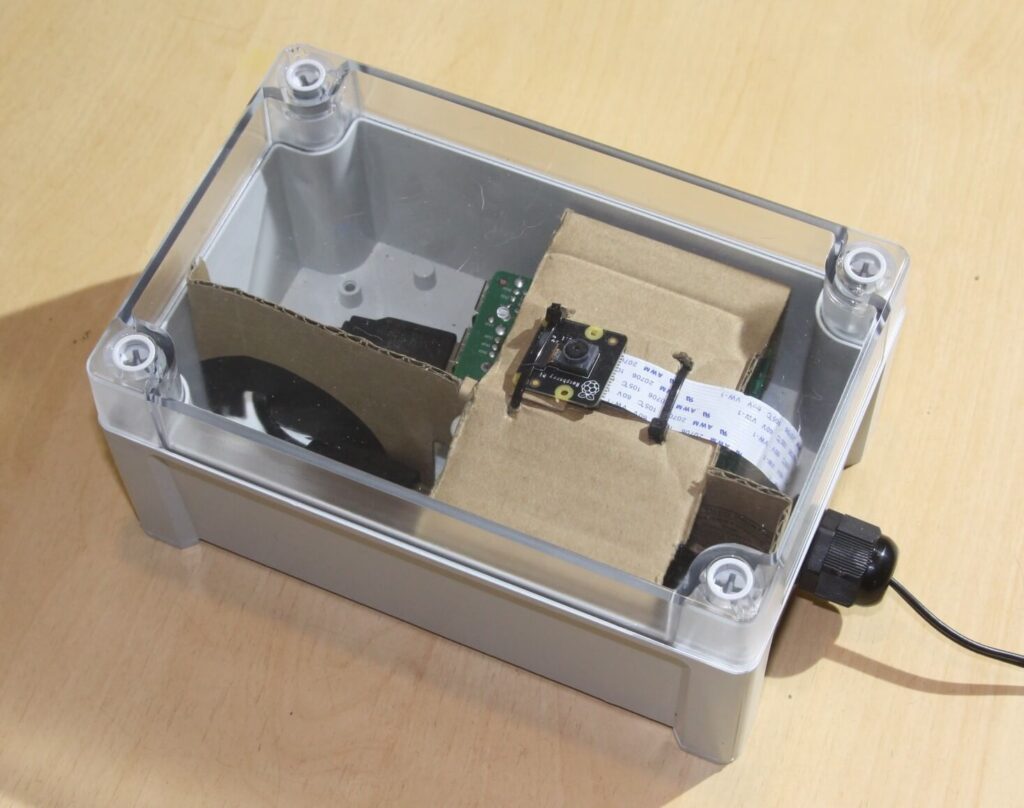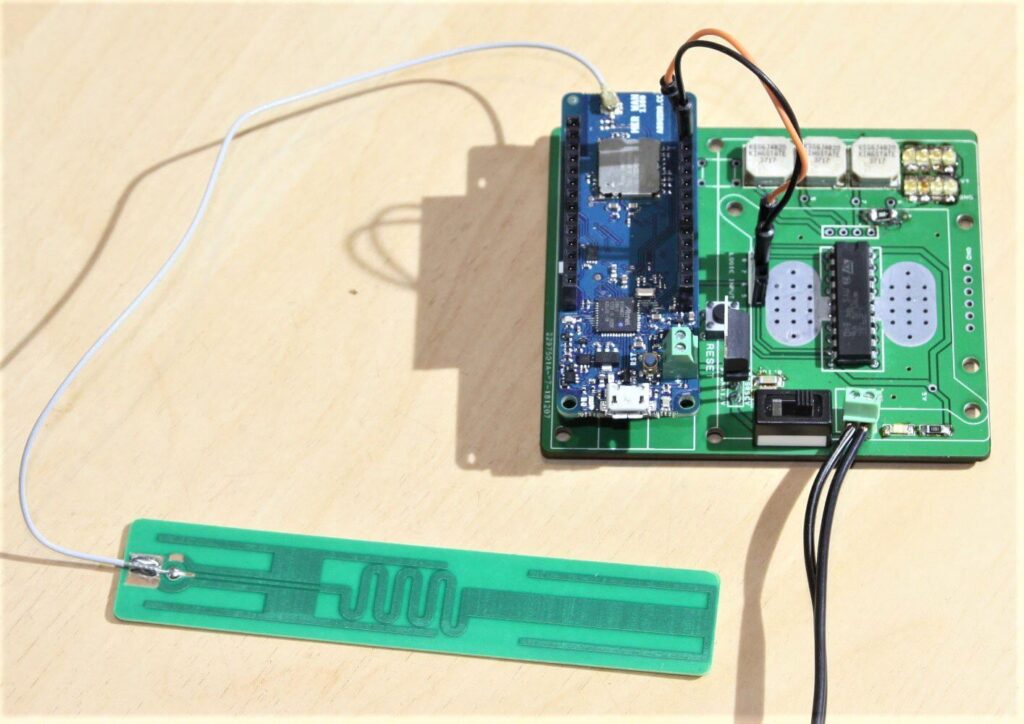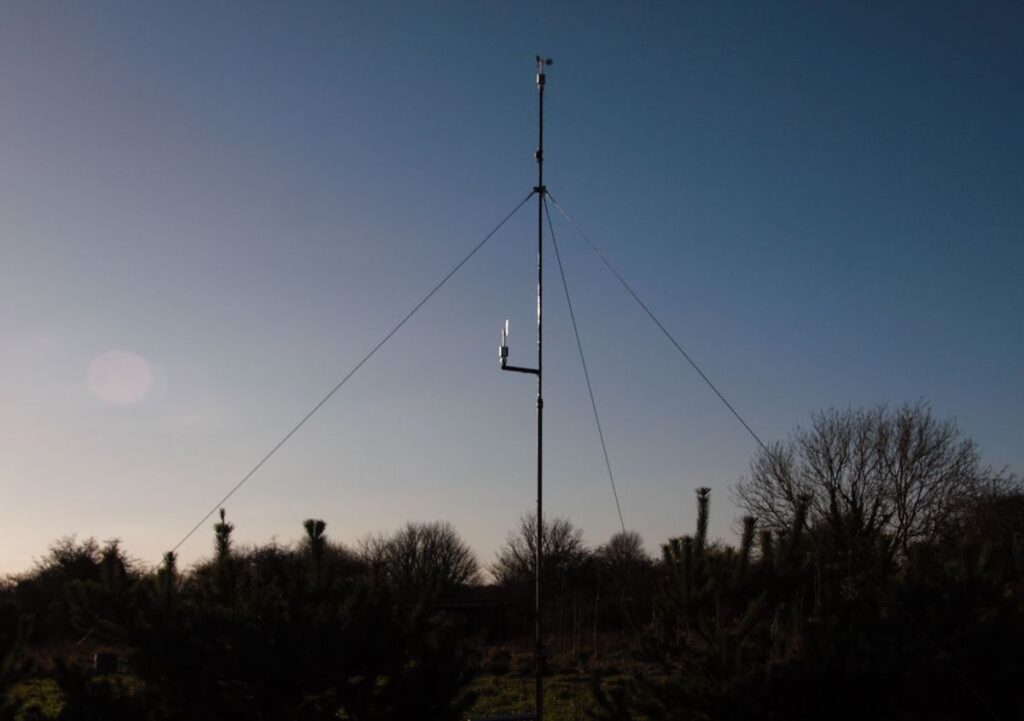New MKR WAN 1310 for LoRa connectivity comes with 2MByte Flash and extended battery life
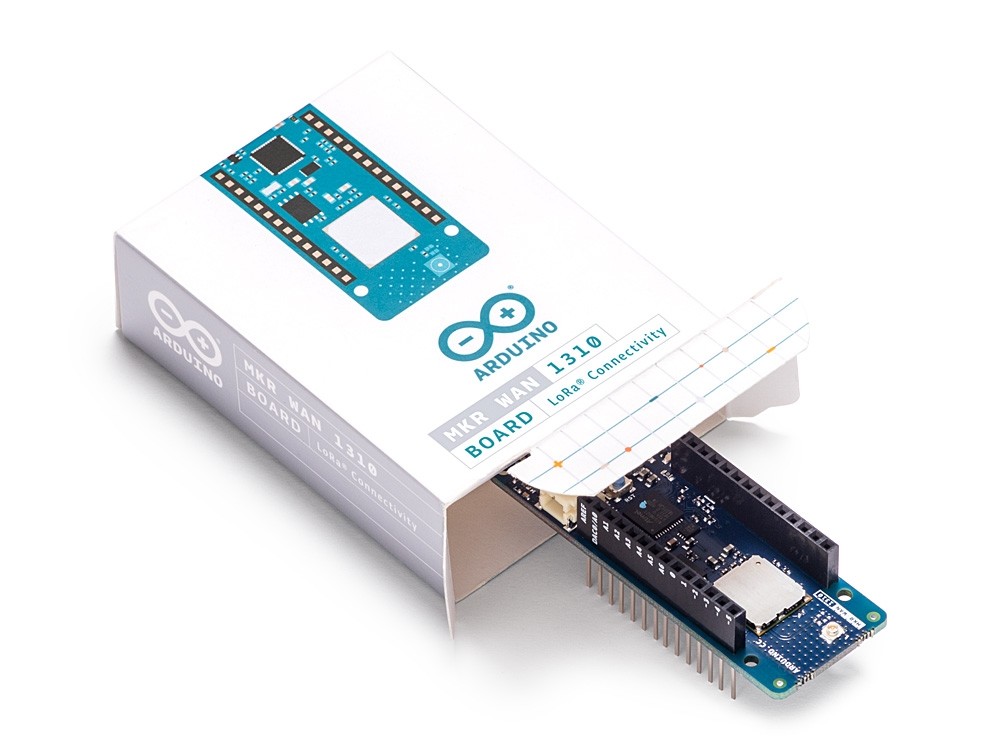
We’re excited to announce the launch of the Arduino MKR WAN 1310, which offers a practical and cost-effective solution for those looking to add LoRa connectivity to their projects.
The new MKR WAN 1310 enables you to connect your sensors and actuators over long distances harnessing the power of the LoRa wireless protocol or throughout LoRaWAN networks.
This open source board can be connected to:
- Arduino Create
- To your own LoRa network using the Arduino Pro Gateway for LoRa
- To existing LoRaWAN infrastructure like The Things Network
- Or even to other boards using the direct connectivity mode
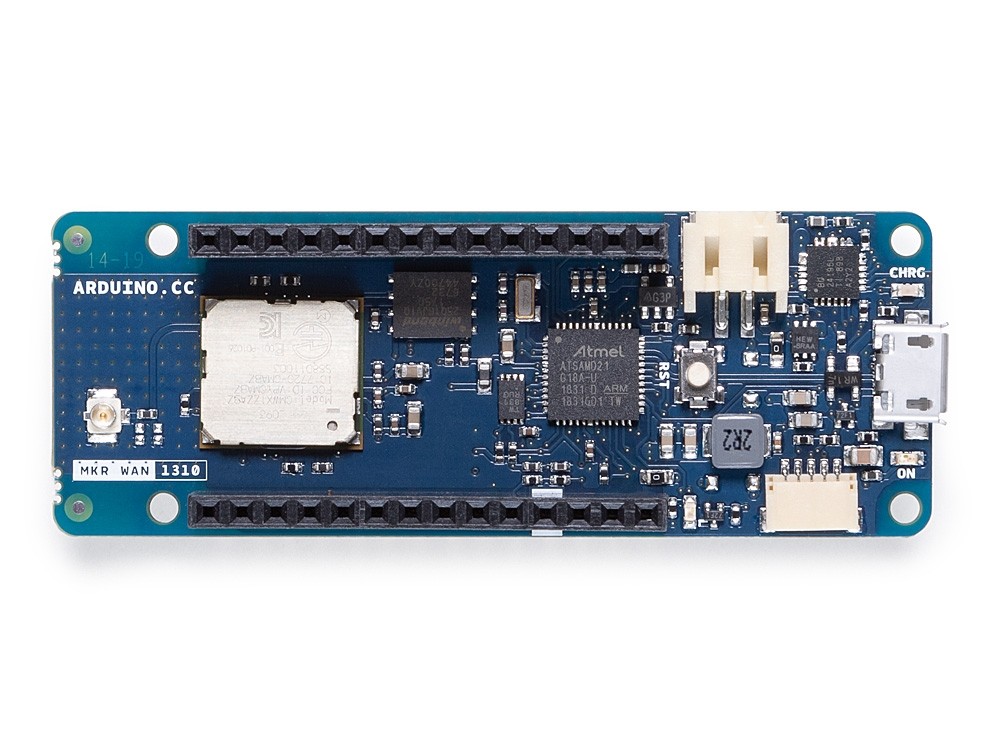
The latest low-power architecture has considerably improved the battery life on the MKR WAN 1310. When properly configured, the power consumption is now as low as 104uA! It is also possible to use the USB port to supply power (5V) to the board; run the board with or without batteries – the choice is yours.
Based on the Microchip SAM D21 low-power processor and a Murata CMWX1ZZABZ LoRa module, the MKR WAN 1310 comes complete with an ECC508 crypto chip, a battery charger and 2MByte SPI Flash, as well as improved control of the board’s power consumption.
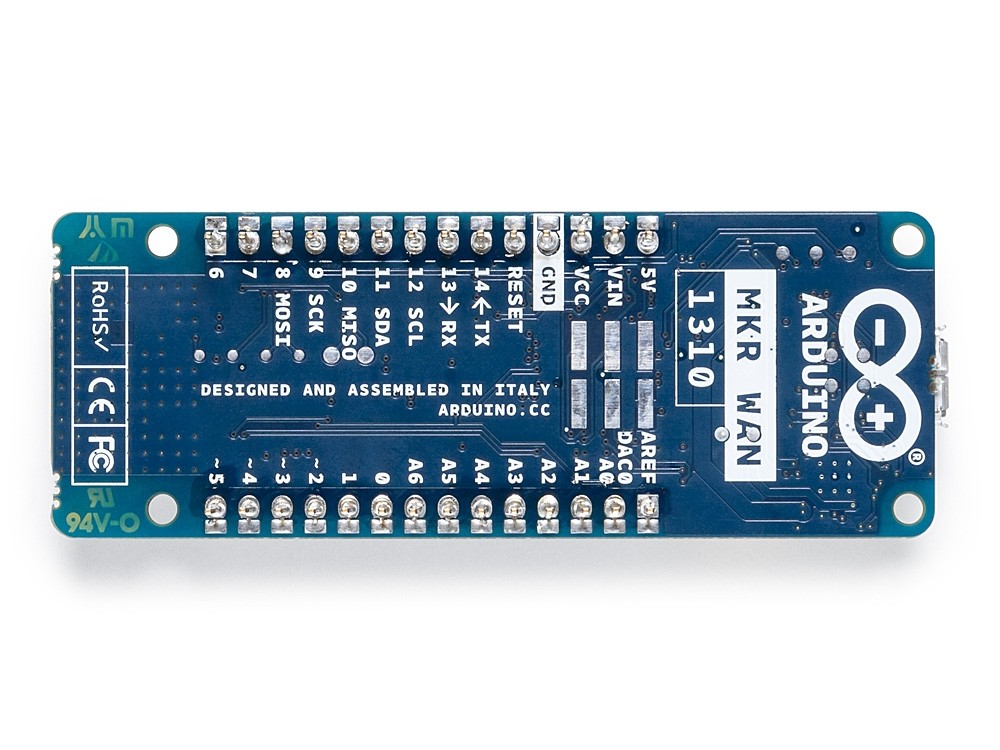
Data logging and other OTA (Over-the-Air) functions are now possible since the inclusion of the on board 2MByte Flash. This new exciting feature will let you transfer configuration files from the infrastructure onto the board, create your own scripting commands, or simply store data locally to send it whenever the connectivity is best. While the MKR WAN 1310’s crypto chip adds further security by storing credentials and certificates in the embedded secure element.
These features make it the perfect IoT node and building block for low-power wide area IoT devices.
The MKR WAN 1310 is available on the Arduino Store, where you’ll find complete specs and more information.


